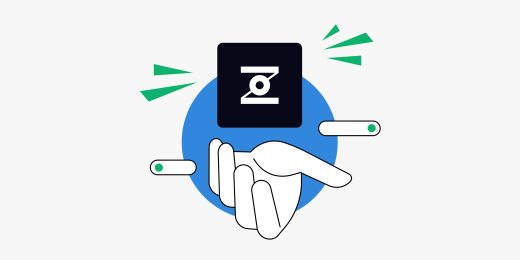Affiliate Tips: How to Effectively Conduct A/B Testing

Just imagine if you could double your website conversions and increase your profits without wasting another minute on research or ROI attribution. That might sound absurd, but there are key ways in which you can improve your marketing strategies while increasing your efficiency. The answer lies in A/B testing, believe it or not.
What is A/B Testing?
A/B testing, otherwise known as split testing, is the act in which the marketer compares two versions of an advertisement or a web page in order to see which version performed better. The duality of this process gives it its name: version A and version B. The reason why A/B testing is so useful is because it allows you to slowly optimize your marketing literature, based on data-driven results. A/B testing is one of the more accurate ways to attribute ROI to your campaigns. Unfortunately, not many online marketers know how to conduct effective A/B testing. There is actually a formula to it; one that only the most intuitive Affiliates know (unless others have done their research). A/B testing is not just a quick do-it-once-and-forget-about-it deal. It’s an ongoing practice that takes patience and a bit of grit, because failure is an expected part of the overall improvement process. If you’re ready to learn how to conduct A/B testing the right way, keep reading.
Affiliate Tip 1: One Change at a Time
When you’re setting up the two versions of your advertisements or web pages, the first inclination might be to make them completely different from each other. After all, they are supposed to be two different versions, right? Well, partially. It’s true that you should create two different versions of the marketing piece, but they should contain only one or two major differences at a time. If you create two completely different versions of an ad, you will most likely receive results, anyway, but your ROI attribution modeling will be a whole lot muddier. The reason is because each time you add a different characteristic to a marketing piece, you’ve added yet another factor to consider if the piece performs better/worse than the other. If virtually nothing is the same, you won’t know exactly why one piece worked better so that you can recreate the strategy for future marketing efforts. All of this essentially means that you will have to be patient with A/B testing because it will take multiple tries before you reach the results that you’re looking for. Think of it like playing darts. Even if you’ve never had any experience with the sport before, you might get lucky with your first several throws. You might even land a bulls-eye. But you can’t recreate that same movement because you’ve only hit it out of luck. The goal of A/B testing is for you to learn how to create web pages and marketing documents that work time and time again. In order for you to do that, you’ll need to take the long route by testing one significant change at a time.
Affiliate Tip 2: Monitor Your Competitors
Another smart way to conduct A/B testing is to start by monitoring your competitors. You don’t have to start completely from scratch. In fact, it would be unwise to start from scratch. See what seems to be working for your various competitors, and then pit different optimizations against each other to gather the data you need. This simple route will save you more time in the long run.
Affiliate Tip 3: Don’t Settle for What’s Working
Finally, here is the whole truth: just because something is working does not mean that you should stop split testing. As we’ve mentioned before, split testing should be an ongoing process because there is always a better way to do something. If you’ve found a marketing method that works, stick with that method until you find something even more profitable. But don’t stop searching for the more profitable method. For example, there are certain trigger words that have been proven to boost sales; words such as, “Free,” “now,” and “sale.” Knowing that these words work, you should incorporate them into your call-to-actions or advertisements as frequently as possible. Yet, on the back end, you should still employ other trigger words to see if they work even better than these three sample words. Just because something has been working for you does not mean that you should stop testing to see if something else would work better.
Sign up with Zero Parallel today and join our network of Affiliates.



